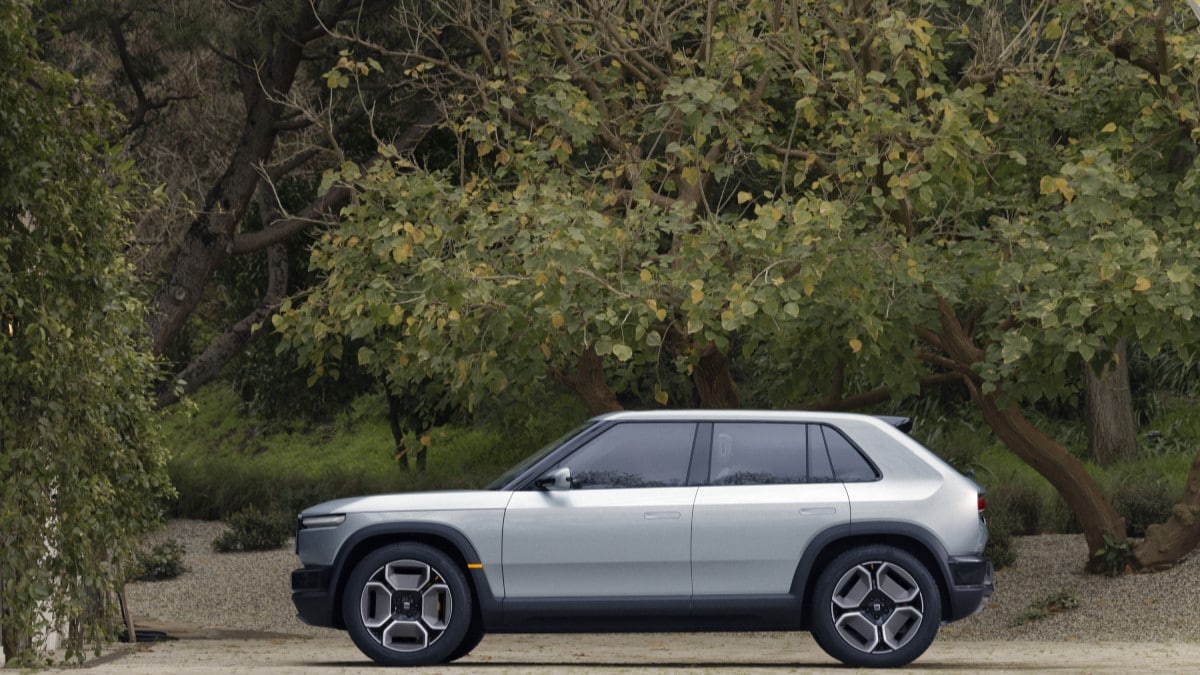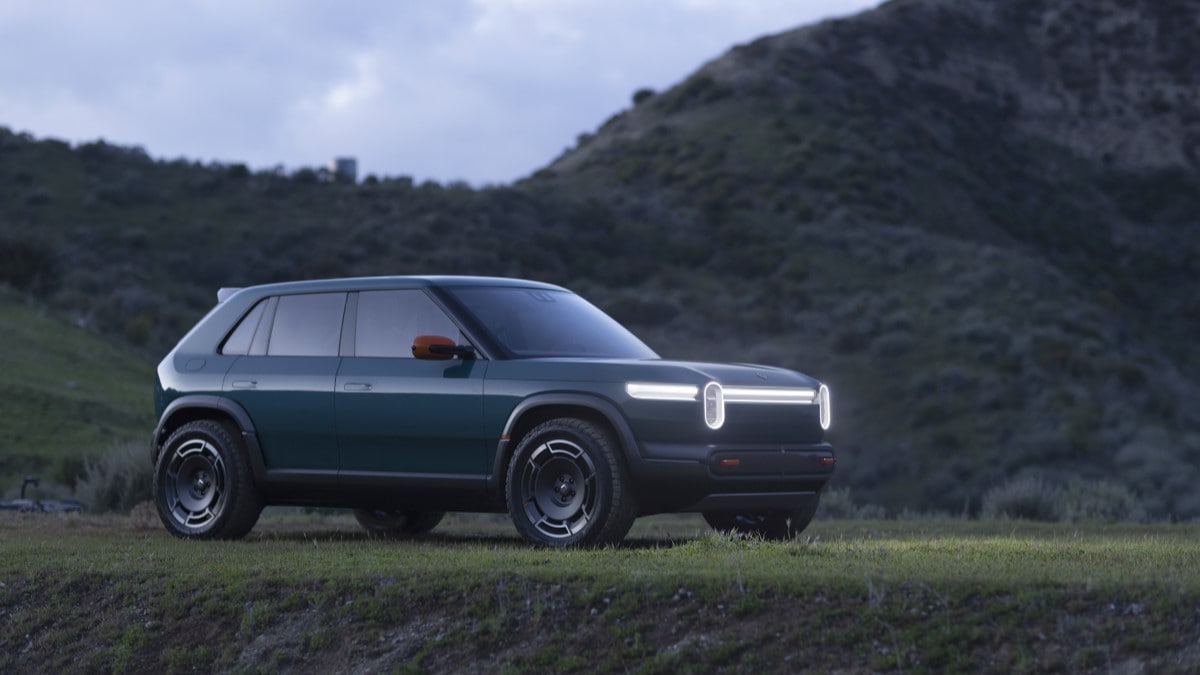2027 Rivian R3
2027 Rivian R3 Preview
By Colin Ryan
Updated January 30, 2025
The all-new 2027 Rivian R3 is a small, all-electric SUV with a potential range of 300 miles.
With its new R3 SUV, Rivian is aiming at a broader set of buyers than those considering the larger R1S SUV or R1T truck in the company’s portfolio. The R3 is intended to be more affordable, yet still come with competitive range and performance, as well as the design approach that makes Rivian vehicles so distinct. The R3 lineup is set to include a powerful, all-wheel-drive R3X variant.

What’s New for 2027
Following the launch of the R2 SUV, the shorter R3 is an all-new model making its debut for the 2027 model year. The company is planning to build the R3 in its Georgia facility.
On-Sale Date
We anticipate the order books to open at some point in 2025, with deliveries of the 2027 R3 beginning late 2026/early 2027.
Cox Automotive, parent company of Kelley Blue Book, is a minority investor in Rivian.
Rivian R3 Pricing
We expect the 2027 Rivian R3 to start at around $40,000. That would be for a base version with a single motor, rear-wheel drive, and a standard battery. The high-powered R3X could be more like $50K.
The similar Volvo EX30 all-electric SUV is set to begin in that same ballpark, give or take a few thousand. More established rivals like the Hyundai Ioniq 5, Kia EV6, Ford Mustang Mach-E and Volkswagen ID.4 are also in this general bracket.
Assuming the R3 is built in the United States, it might qualify for a federal tax credit.
Power
Rivian has yet to provide any official figures, but we know for sure that the new 2027 R3 electric SUV will offer a choice of drivetrains. One with a single electric motor and rear-wheel drive. All-wheel drive becomes available with the dual-motor setup. There’s also a more powerful three-motor configuration on the menu that could enable a standstill-to-60 mph dash in a fleeting three seconds. The R3X will have this latter drivetrain as standard.
We’ve enjoyed driving Rivian’s R1S SUV and the R1T all-electric truck. We’ve found them to be extremely capable as well as engaging, and have high hopes for the R3.
Cool Interior
Like other Rivian vehicles, the R3 has an uncluttered interior design that still manages to include a few cool details. Such as the little flashes of metal at each end of the dash, the flashlight secured in the driver’s door, and the steering wheel with a slightly flattened-off top and bottom. Some buyers have lamented the lack of glovebox in the R1S — Rivian puts two in the R3.
Vegan-friendly materials should be available, and the entire cabin should be quite roomy relative to its modest footprint. Rivian even installs fold-flat seats in both rows, allowing for in-car sleepovers. A large central infotainment touchscreen and a separate dedicated display for driver information bring some tech-forward flair to the cabin.
Inspired Exterior
Size-wise, the R3 becomes the smallest Rivian SUV. The 3-row R1S is the largest, followed by the new-for-2026 R2. The R3 slots in below — similar to a Honda HR-V.
Aesthetically, there are plenty of design touches that mark the R3 out as a Rivian, such as the distinct headlights and exceptionally clean lines. The R3’s tail is more angled than a typical SUV. The overall look reminds us of the original VW Golf (or Rabbit) — which was designed by Giorgetto Giugiaro. He is one of the greats, so no bad thing as a source of inspiration.
This model’s tailgate is unusual. It has a flip-up window, allowing users to pop something into the luggage area without having to open the whole thing. Or it could stay open to accommodate something like a piece of lumber or a surfboard.
The R3X variant (below) has a wider stance and more ground clearance, hinting at greater off-road ability. Rivian has also designed a line of accessories that includes bike racks and roof racks.

Range and Charging
Rivian claims the R3 can run for 300 miles, perhaps more, between charges. The similar-size Volvo EX30 is rated at 275 miles, and we’d expect the R3 to be just as competitive in its class as other Rivian vehicles are in theirs. That figure would be achieved by an optional larger battery pack, however.
Using a DC fast charger, the R3’s bigger battery should go from 10% to 80% capacity in 30 minutes. Not bad for the present state of technology. The R3 will also be compatible with Tesla’s extensive network of Superchargers, like the rest of the Rivian fleet.
5-Year/60,000-Mile Warranty
Rivian’s new-vehicle warranty lasts four years or 50,000 miles, whichever happens first. Batteries and drivetrains are covered for eight years or 150,000 miles. These terms are better than those offered by Tesla.
Safety
Rivian plans to equip the R3 with 11 cameras and five radars, forming a comprehensive network for features like forward collision warning and blind-spot monitoring.
Cars You May Like
We’ve Rounded Up Cars That Could Be Your Perfect Match.
2027 Rivian R3
KBB.com Consumer Reviews
We don't have consumer reviews for this vehicle.
Be the First to Review This Car






